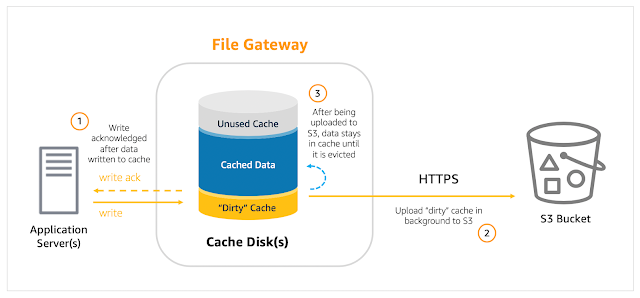Using the ETL Tool in the SAP Environment
The SAP software consists of ERP software, application servers, technology stacks, and database systems. Hence, there is always a requirement to exchange data with other multiple sources. This process of retrieving data from an external source, modifying the format, and importing the data is known as Extract, Transform, and Load (ETL).
The most optimized SAP ETL tool helps SAP data to be available to organizations for analytics
and business insights. The tool can also convert the complex data structure of
SAP into an easily accessible data model because users can quickly transform a
typically complex SAP data model with thousands of tables into a data
replication activity at the transaction level.
The SAP ETL tool
is automated and provides high-performance solutions as it can move the right
SAP data easily and securely at scale to any repository like a database, or data
warehouse, regardless of whether they are on-premises or in the cloud.
ETL is Extract, Transform, and Load. It extracts data from many
sources, transforms it to match the structure of the target, and finally, loads
the processed data into the intended database. The SAP ETL tool is very useful to leverage support for a wide range of
targets in any industry. This leads to greater insights through the integration
of structured SAP data with unstructured data from a variety of sources into
cloud platforms.
The SAP ETL tool has
several
functions. It integrates various systems and transforms different data formats
into each other. The tool can clean data by running specific checks like
verifying a name-value set. Finally, the tool ensures that extracting and
transforming data are kept outside the application.



Comments
Post a Comment